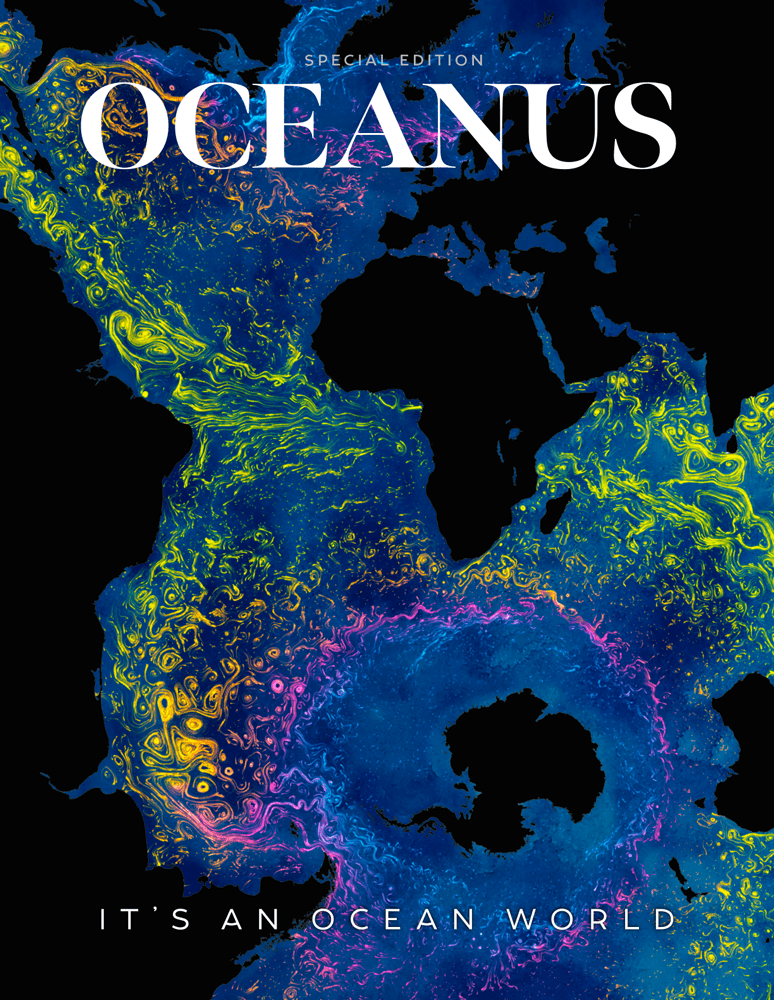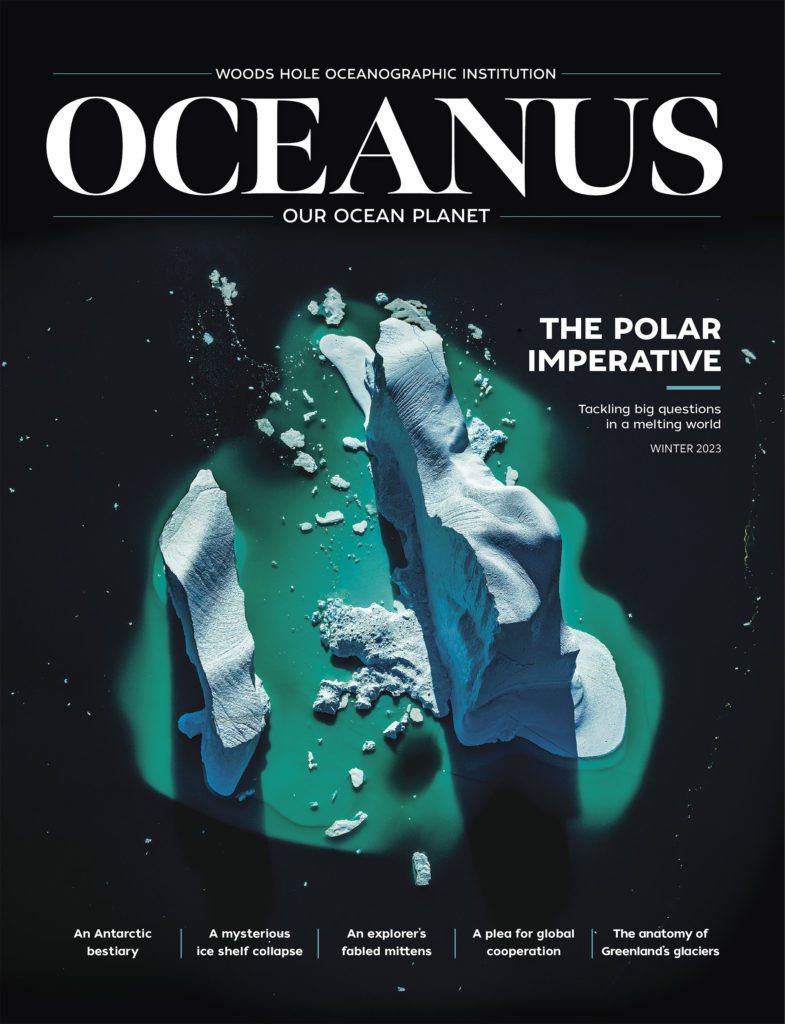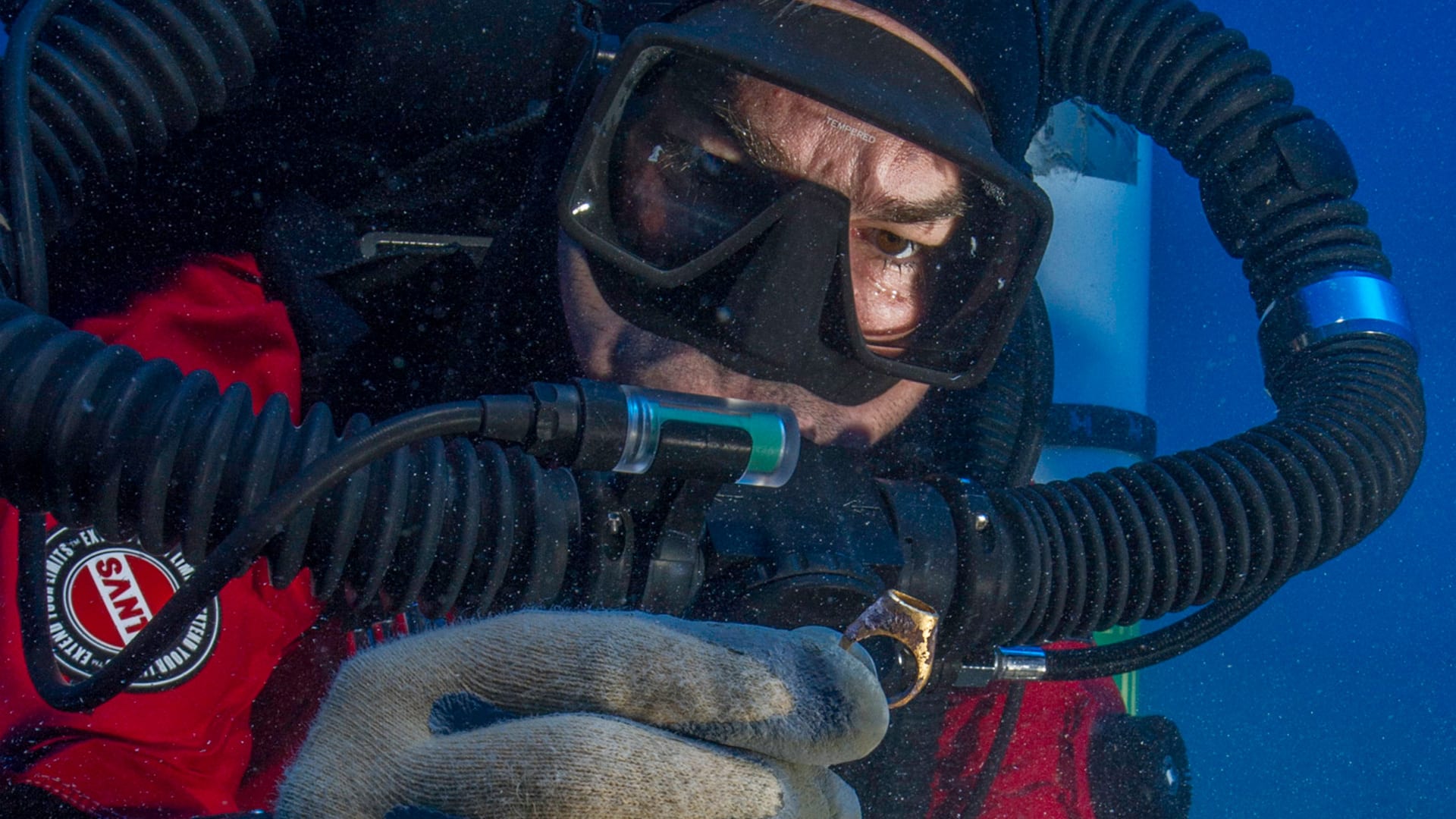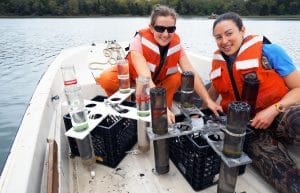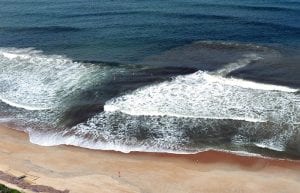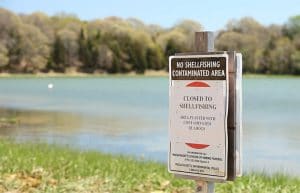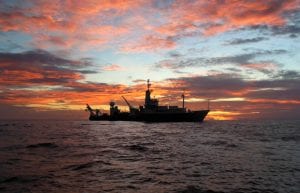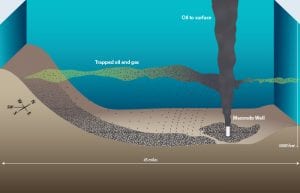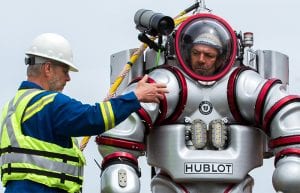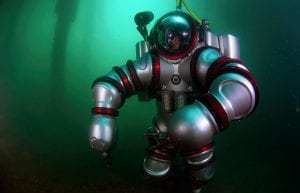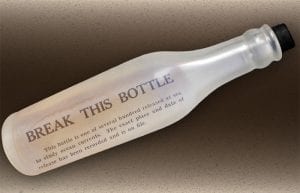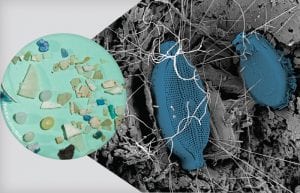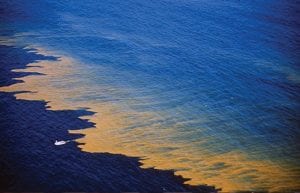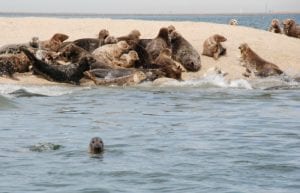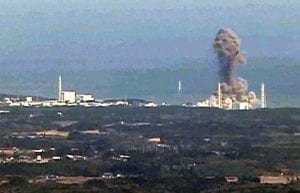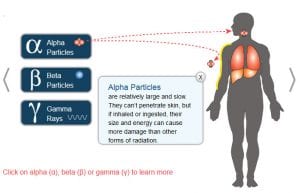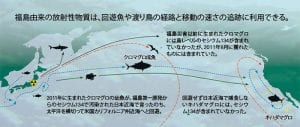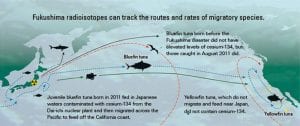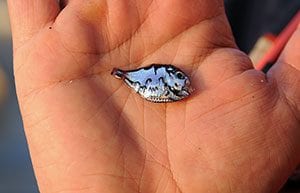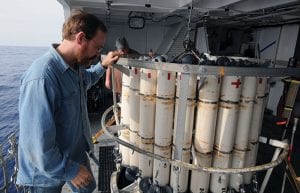Ocean & Human Lives
A Luxury-Laden Shipwreck from 65 B.C.
Scientists returned in 2015 and 2016 to the wreck of a 180-foot ship that sank off the Greek island of Antikythera around 65 B.C., and recovered luxury items that included…
Not Just Another Lovely Summer Day on the Water
It looks like nice summer day on the water, but Alexis Fischer (right) and Alice…
Ice, Wind & Fury
Greenlanders are well away of piteraqs, the hazardous torrents of cold air that sweep down…
The Riddle of Rip Currents
Rip currents claim more than 100 lives in the United States each year and are…
Setting a Watchman for Harmful Algal Blooms
As harmful algal blooms are becoming more frequent and severe worldwide, researchers in the lab…
Hidden Currents in the Gulf of Mexico
The Deepwater Horizon oil spill five years ago gave new impetus to investigating unknown subsurface…
Farewell to the Knorr
Over its 44-year career, the retiring research vessel Knorr was on the scene for many…
Where Did Deepwater Horizon Oil Go?
The Deepwater Horizon oil spill was unprecedented, and five years later, scientists are piecing together…
Recovering After a Hurricane
Summer Student Fellow Maya Becker studied how vulnerable four coastal communities were to major hurricanes—and…
The Exosuit Comes Aboard
One of the ocean’s least studied places is actually the realm between 200 and 500…
High-tech Dives on an Ancient Wreck
When sponge divers first chanced upon the shipwreck off the Greek isle of Antikythera in…
Happy 50th Birthday, Alvin
Five years before we landed a man on the moon, a stubby submersible was built…
Trailblazer in the Ocean
On June 5, 1964, a stubby submersible with a not-so-bold name was commissioned on the…
Message Bottled in an Email
Amid the dunes of a tiny island in the North Atlantic, a scientist found a…
Behold the ‘Plastisphere’
Plastic debris provides living space for a variety of marine microbes.
Dropping a Laboratory into the Sea
Scientists at WHOI deploy moored robotic laboratories in the Gulf of Maine for long-term monitoring…
The Return of the Seals
WHOI biologist Rebecca Gast examines whether the recovered and thriving population of gray seals in…
Communication in the Fukushima Crisis
For most of Japan and the rest of the world, the first clear sign of…
Radiation Health Risks
The ability to gauge radiation at vanishingly low concentrations gives scientists a powerful tool for…
Seafood Safety and Policy
In Japan, a nation that eats prodigious amounts of seafood, one question sits high on the…
マグロの話
» English version 福島原発から来た放射性物質が海洋生態系でどのように移動するかを知るには、微小プランクトンの生態を把握することである。しかし、福島原発事故を象徴するようになった巨大生物がいる。太平洋クロマグロである。 太平洋クロマグロは、世界の食卓で珍重される魚のひとつである。最高級すし食材としての魅力を持つクロマグロは、回遊魚でもある。日本とフィリピンの沖合で産卵し、幼魚のうちに4か月かけて太平洋9,600kmを横断し、米国カリフォルニア州沖合の餌の豊富な海域で育つ。数年後、成長して成熟すると、今度は自身が産卵するため太平洋を引き返していく。 海洋生物の放射性物質の取込みとマグロの回遊パターン調査の専門家であるストーニーブルック大学のニコラス・フィッシャー教授とスタンフォード大学ホプキンス海洋研究所の大学院博士課程の学生ダニエル・マディガンは、2011年夏にカリフォルニア沖で水揚げされる若いクロマグロが、福島沖の汚染海域で孵化後の日々を過ごした可能性が高いことを知っていた。それらのクロマグロは、遠く離れた2つの大陸の間で放射性物質を運んだのだろうか。 それを確かめるため、フィッシャーとマディガンは、カリフォルニア州サンディエゴ沖で2011年8月にスポーツフィッシング愛好者が釣り上げたマグロから組織試料を採取し、フィッシャーの研究室で分析した。「分析したクロマグロのすべて(15匹中15匹)で、セシウム134とセシウム137の両方が見つかったのです」。これは福島第一原発事故からの汚染を示すまぎれもない証拠である、とフィッシャーは、東京の「海洋放射能汚染に関する国際シンポジウム」で報告した。 しかし、彼らが測定した放射能レベルは非常に低かった。サンディエゴ沖で釣れたクロマグロは、両方の放射性物質からの総セシウム濃度が1kg当り10ベクレルと、カリウム40の自然放射線濃度をわずか3%上回っただけで、日米政府が定める安全な消費レベルよりははるかに低かった。 回遊するマグロが、取り込んだ全セシウムを太平洋横断中に1日2%失っていたと推定し、さらに、太平洋横断中に冷戦時代の原爆実験の名残であるセシウム137を取り込んでいたと推定して、さかのぼって計算を行い、フィッシャーらは 、マグロは日本近海を出発したころには、体内濃度が測定値より15倍高い1kgあたり約150ベクレルであった可能性が高い、とした。 彼らは、カリフォルニア沖の定住魚であり太平洋を回遊しないキハダマグロからも試料を採取し、クロマグロで測定されたセシウムが海流または大気によって運ばれてきたものだという可能性を否定した。キハダマグロにみられたのはバックグラウンドレベルのセシウム137だけで、半減期の短いセシウム134は見つからなかったからである。 フィッシャーとマディガンが2012年5月下旬に発表したこの結果は、すさまじい反響を呼んだ。フィッシャーは無数のインタビューに応じ、テレビ番組にも出て測定結果を説明した。 人々の根拠のない放射能への不安に対処するため、フィッシャーとフランス人科学者グループは、これらのクロマグロを食べた人が取り込む放射線量(0.008マイクロシーベルト)を算定し、バナナを食べてその自然なカリウムから取り込む放射線量(0.1マイクロシーベルト)、歯科用X線撮影から受ける線量(5マイクロシーベルト)、大陸横断飛行で受ける線量(40マイクロシーベルト)と比較した。「クロマグロについては、放射能より含有水銀の方がむしろ心配です」と彼は言う。 2012年と2013年にクロマグロの放射能を分析するにあたり、フィッシャーは、それらのクロマグロが2011年時点の幼魚とは異なり、汚染水域で1年間は過ごした後であろうこと、そしてそのセシウム濃度がはるかに高まっている可能性があることを認めた。一方で、餌場となった水域のセシウム濃度が比較的低かったために低下した可能性もあるという。マディガン、フィッシャー、そしてゾフィア・バウマン博士による最近の報告によると、2012年にサンディエゴ沖で水揚げされたクロマグロには、2011年のマグロから検出された値の半分未満しか放射性セシウムが含まれておらず、マグロ組織に含まれる放射性セシウム濃度が実際に低下していたことが示された。 しかし、フィッシャーによると、クロマグロだけでなく、サメ、海鳥、アカウミガメなど他の大型回遊生物や渡り鳥の固有の回遊・渡りパターンを追跡する上で、福島原発由来の放射性核種が利用できると考えられる点にある。回遊・渡りパターンのタイミングと経路に対して理解が深まれば、漁場を管理し、絶滅危惧種の保護戦略をより効果的に策定する上で役立つはずである。…
Tale of the Tuna
Understanding the movement of Fukushima-derived radioactivity through marine ecosystems may come down to getting a…
How Is Fukushima’s Fallout Affecting Marine Life?
» 日本語版 The Fukushima nuclear disaster delivered an unprecedented amount of radioactivity into the sea…
Radioisotopes in the Ocean
» 日本語版 The release of radioisotopes from the Fukushima Dai-ichi nuclear power plant in March…
